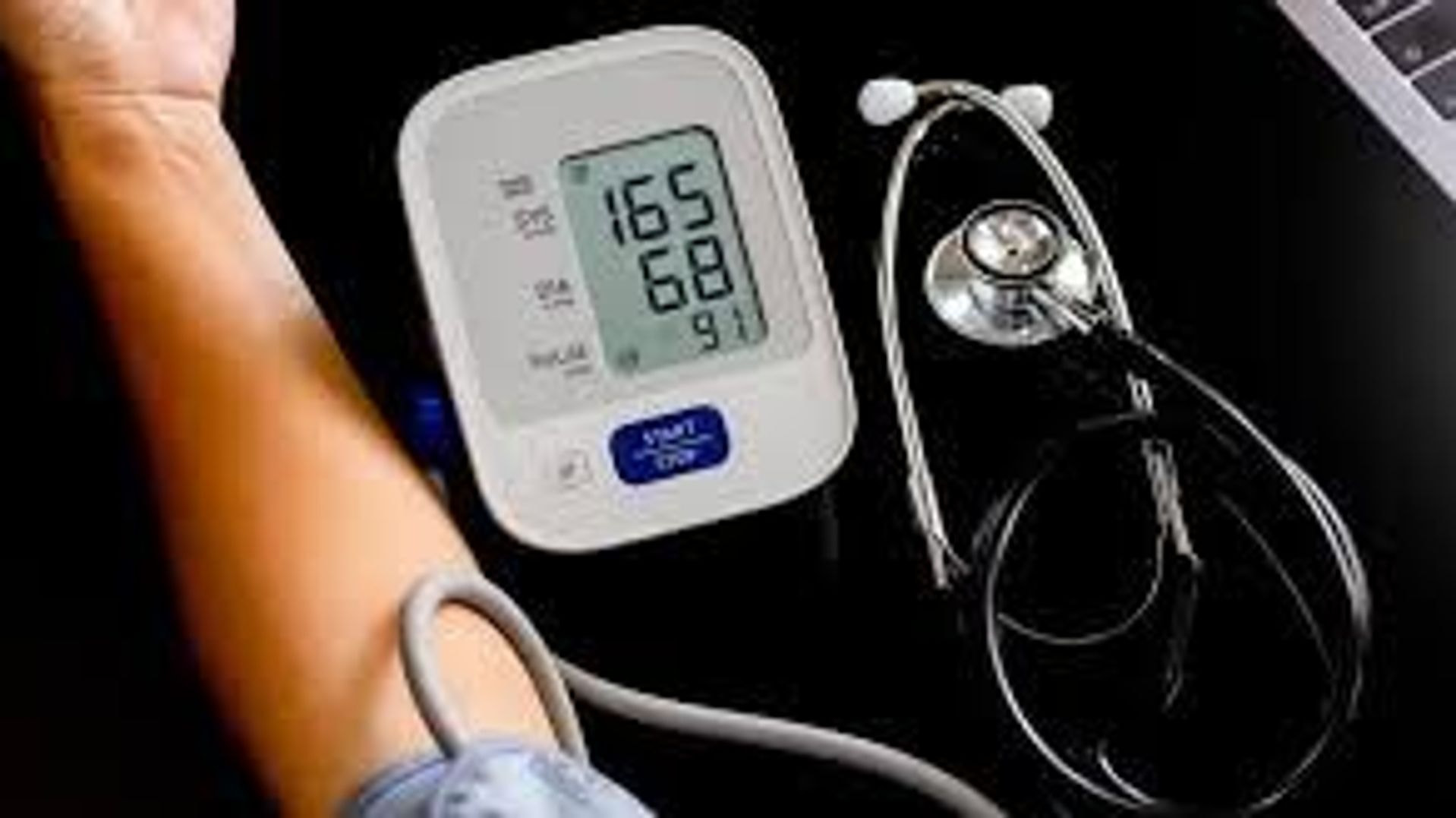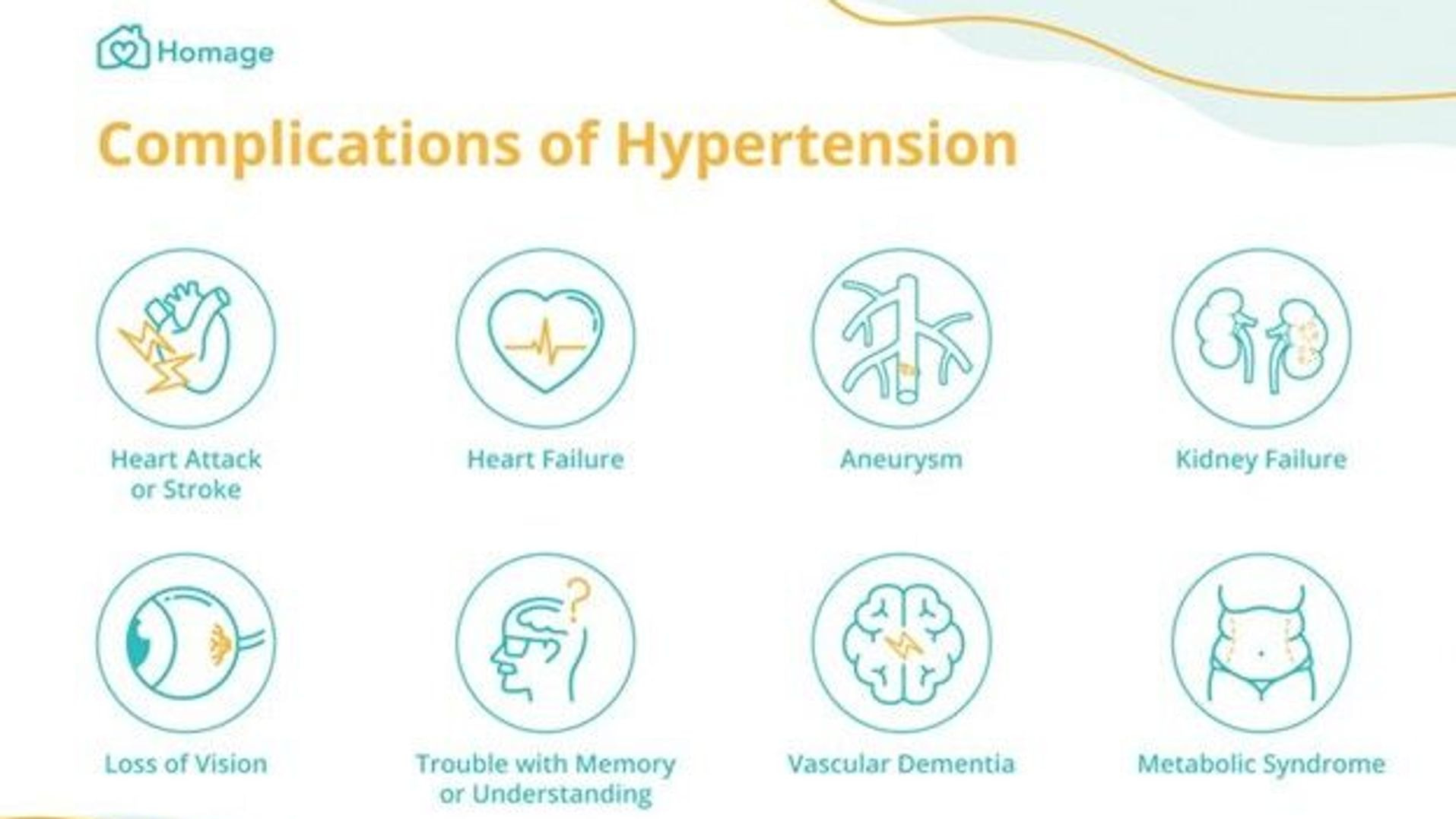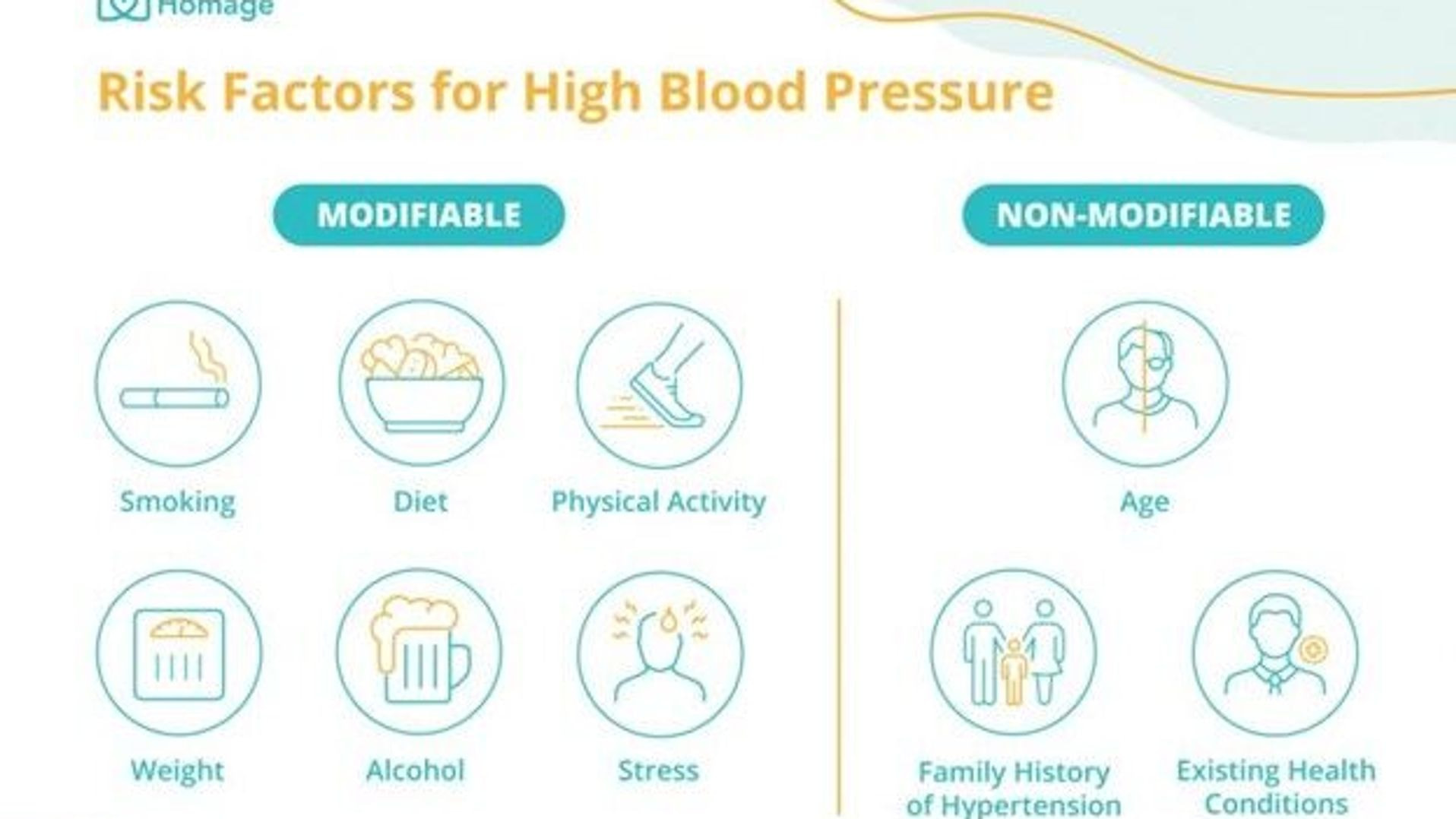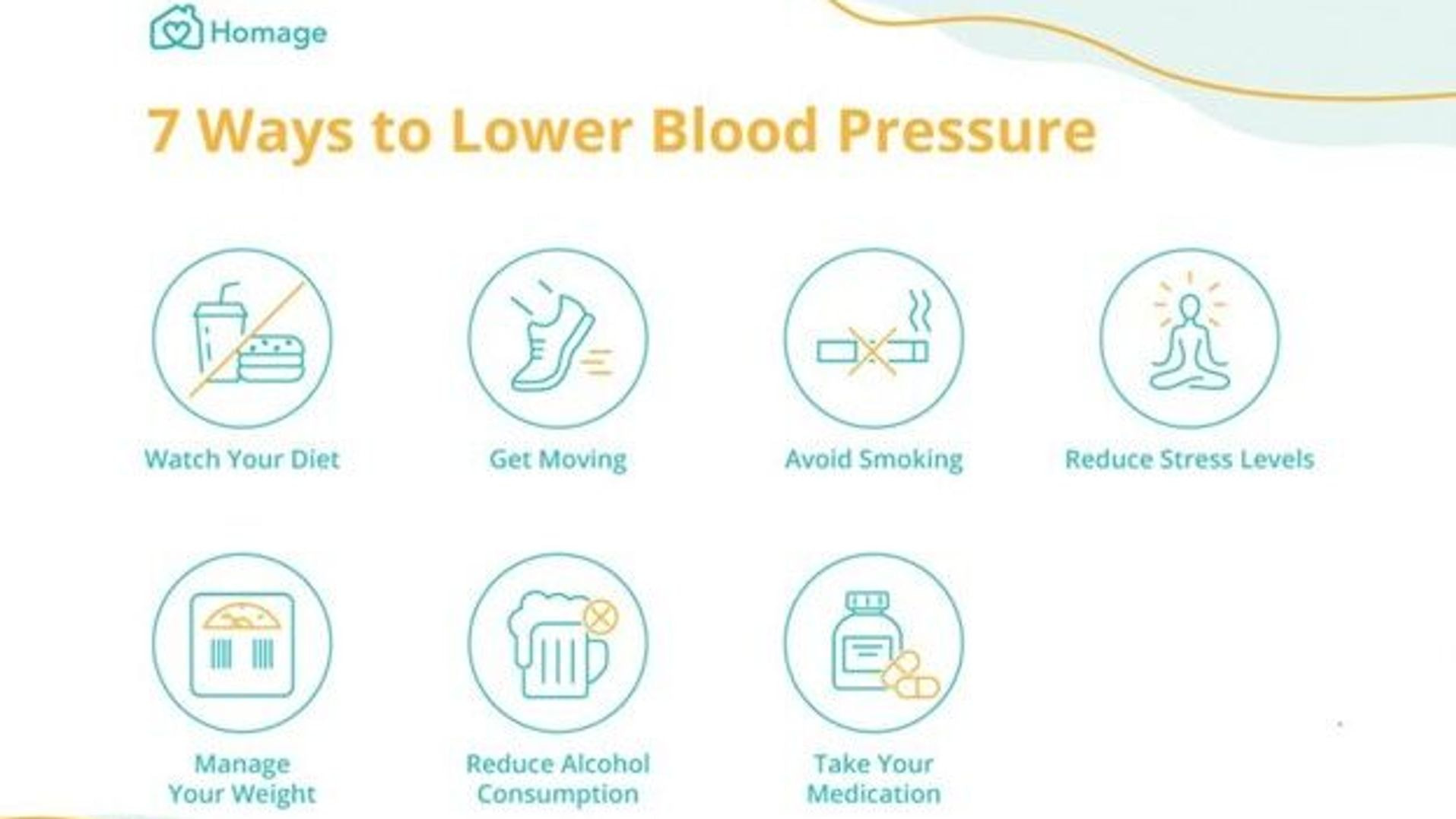Picture: Homage Malaysia
Understanding Hypertension: A Comprehensive Guide
High blood pressure is a prevalent condition in Malaysia and affects 30% of adults over 18 years old. Surprisingly, only 50% of those afflicted are conscious of their condition. Find out more in this article.

Article contribution by Homage Malaysia
Picture: Getty Images/iStockphoto
Our blood pressure is always changing in response to our physical activity, emotions, age, environment and many other factors. Hypertension, or high blood pressure, occurs when our blood is pumped around the body at a higher-than-normal pressure over a prolonged period. The narrower our arteries and the more blood our heart pumps, the higher our blood pressure.
Blood Pressure Reading
A complete blood pressure reading is often presented like this: 120/80. This is read as “120 over 80”, and the two numbers represent the systolic and diastolic blood pressure respectively.
Systolic blood pressure refers to the amount of pressure in your arteries when your heart contracts to pump blood around your body, while diastolic blood pressure refers to the blood pressure in your arteries when your heart is between beats.
How do I measure my blood pressure?It is recommended for us to take a blood pressure reading every 3 years for those with normal blood pressure levels. If you already have or are at high risk of developing high blood pressure or other cardiovascular diseases, your doctor may recommend more frequent readings.
Blood pressure machines are portable and easy to use. You can measure your blood pressure level at home too. Here are some things to look out for when taking your blood pressure for an accurate reading:
● Avoid caffeinated drinks, smoking or exercising half an hour before you measure blood pressure.
● Sit with your back straight and supported, with your feet flat on the floor. Do not cross your legs.
● Your arm should be supported on a flat surface, and the upper arm should be at heart level.
● The middle of the cuff should be placed directly above the elbow.
● Don’t move around while you’re measuring.
● Measure at the same time every day, take multiple (two or three, one minute apart) readings and note them down.
If one or both of the numbers are consistently above the recommended guidelines of 130/80, you should consult a doctor and get checked for hypertension.
Stages of Hypertension
Different countries may classify the stages of hypertension differently. In Malaysia, there are 5 stages: Stage
● Normal: A blood pressure reading lower than 130/80 mm Hg is considered to be within the normal range. At this stage, no treatment is necessary, but it is recommended for us to continue monitoring our blood pressure to ensure it stays within the healthy range.
● High-Normal: Individuals with a blood pressure reading between 130/85 to 139/89 mm Hg are considered pre-hypertensive and are at risk of moving on to develop heart disease. While medication may not be required at this point, lifestyle measures to reduce blood pressure are recommended.
● Grade 1: If you have a blood pressure reading of 140/90 mm Hg and above, your doctor may prescribe medication and recommend lifestyle changes to lower your blood pressure and reduce your risk of stroke and heart diseases.
● Grade 2: If you have a blood pressure reading of 160/100 mm Hg and above, the guideline believes you should receive antihypertensive medication and recommend lifestyle changes to reduce blood pressure.
● Grade 3: Individuals with a blood pressure reading more than 180/110 mm Hg are considered high risk or severe hypertension which requires immediate intervention to lower blood pressure.
What are the types of hypertension?
There are two types of hypertension: primary and secondary hypertension.
● Primary hypertension, also called essential hypertension, accounts for approximately 95% of all cases and develops gradually over years. There is no clear cause of primary hypertension.
● Secondary hypertension accounts for the remaining 5% and often develops as a result of other conditions, such as sleep apnea, kidney issues, thyroid problems, adrenal gland tumours, congenital defects in blood vessels, and certain drugs and medications.
Symptoms of High Blood Pressure
Commonly known as the silent killer, hypertension often does not give rise to any noticeable symptoms even if blood pressure is dangerously high. Sometimes, individuals with hypertension may experience headaches, shortness of breath or nosebleeds, but they don’t usually occur until blood pressure has reached a severe or life-threatening stage.
Complications of Hypertension
If left untreated, the increased pressure on our artery walls caused by hypertension can damage our blood vessels and organs. The higher the pressure and the longer it goes uncontrolled, the greater the damage.
High blood pressure that’s not well-managed can lead to health complications, including:


Picture: Homage Malaysia

Picture: Homage Malaysia

